The problem with traditional sheet music
To be “fluent” at traditional sight reading, you would have to memorize dozens of note associations. Furthermore, you have to deal with the dual note associations between bass clef and treble clef. Even after years of practice, it will still be hard to intuitively read notes that are far away from the staff lines. It can also be confusing to determine which notes accidentals apply to.
The solution: color-coordinating notes according to their letter and shading the notes according to their accidental.
-
Note identification
Now you only have to learn 7 color associations, which can become pure intuition within a month.
-
Octave and clef independence
All notes are easy to read, irrespective of the octave or clef.
-
Accidental identification
Determining if a note is sharp or flat is marked on the note itself, so you don’t have to keep track of accidentals in your head.
-
Pattern identification
It is so easy to compare notes that your peripheral vision can detect new patterns.
-
Hand independence
It is easier to unify your hands, since notes do not change depending on the clef
-
Chord identification
Chords now follow color schemes, and can be easily identified even if the chord is broken up or inverted. You should be able to identify all triad chords (major, minor, diminished, and augmented) within a couple of months using this.
Learning this system: First Steps
Use these quizlet flash card sets to build you intuition.
Quizlet: Letter and key associations
Learn to identify chords
Use these quizlet flash cards to learn to identify chords using color schemes.
The first step of chord identification is identifying the triad color scheme. All major, minor, diminished, and augmented chords follow these color schemes.
After you memorize the triad color schemes, you can now learn all major chords. A major chord is made of a root, a major third, and a perfect fifth. By memorizing all major chords, you will also be memorizing 3 intervals: all minor thirds, major thirds, and perfect fifths.
After memorizing the major chords, you can now learn the minor and diminished chords. You can view a minor chord as a major chord with the middle note moved down. You can view a diminished chord as a major chord with the middle and top note moved down.
After mastering each type of chord individually, you can now practice identifying all major, minor, and diminished chords together
Quizlet: Major, minor, and diminished chords
Quizlet: Major, minor, and diminished chords(hardest version)
After mastering all triad chords, you can now move on to the tetrad chords. You can view each tetrad color scheme as two overlapping triad color schemes. All minor 7th, Major 7th, minor 7th flat 5, and dominant 7th chords follow these color schemes.
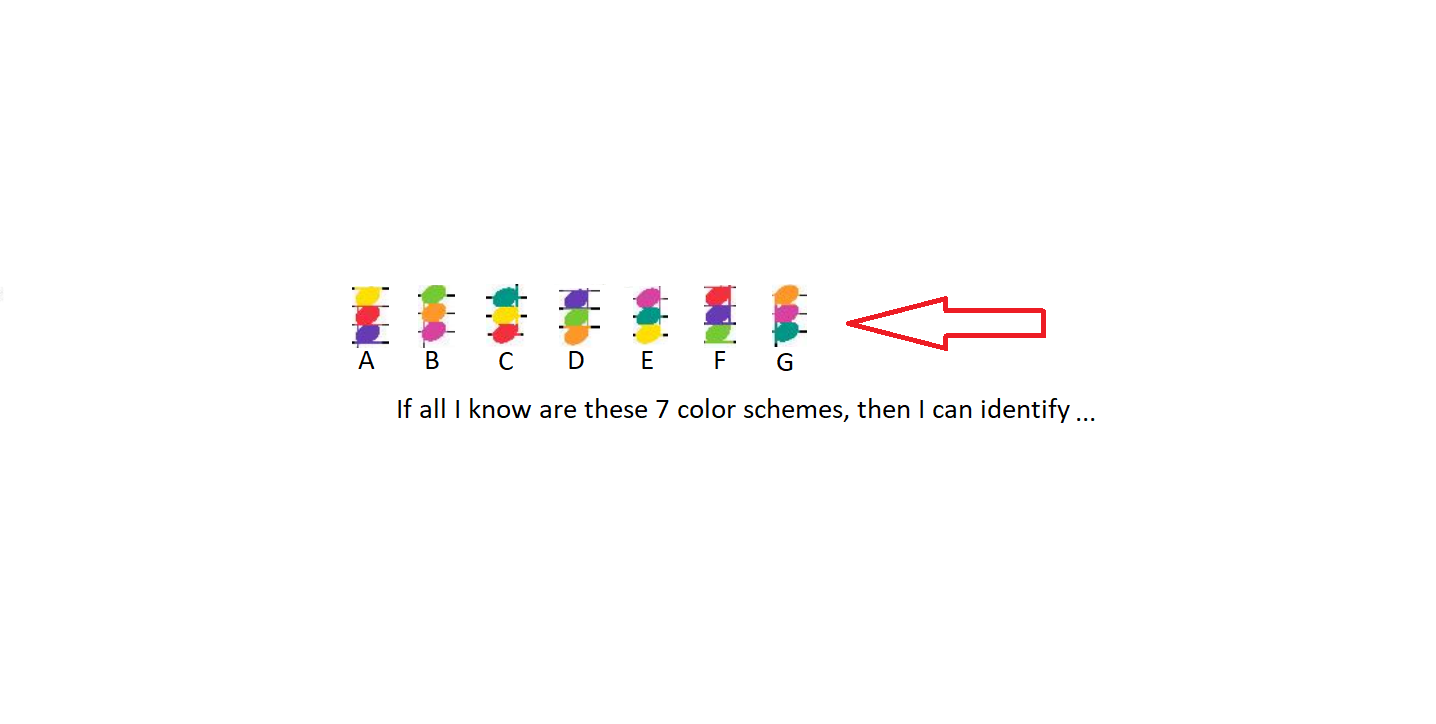
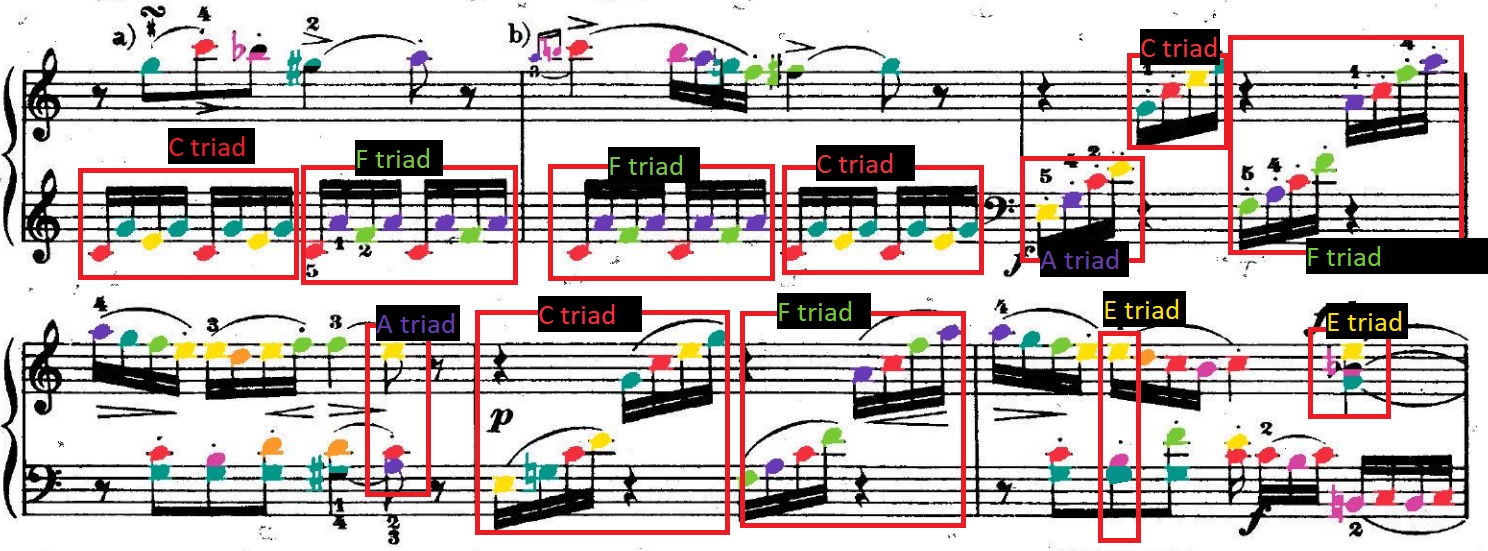
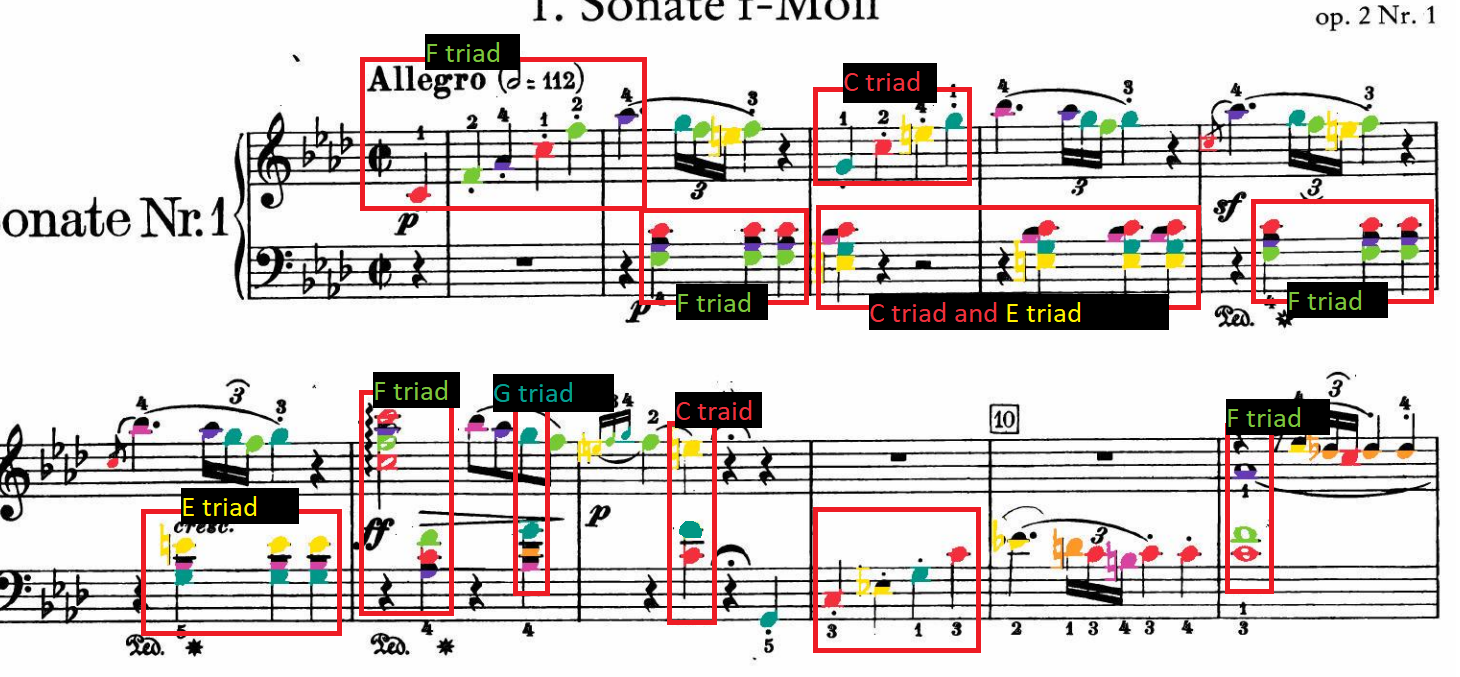
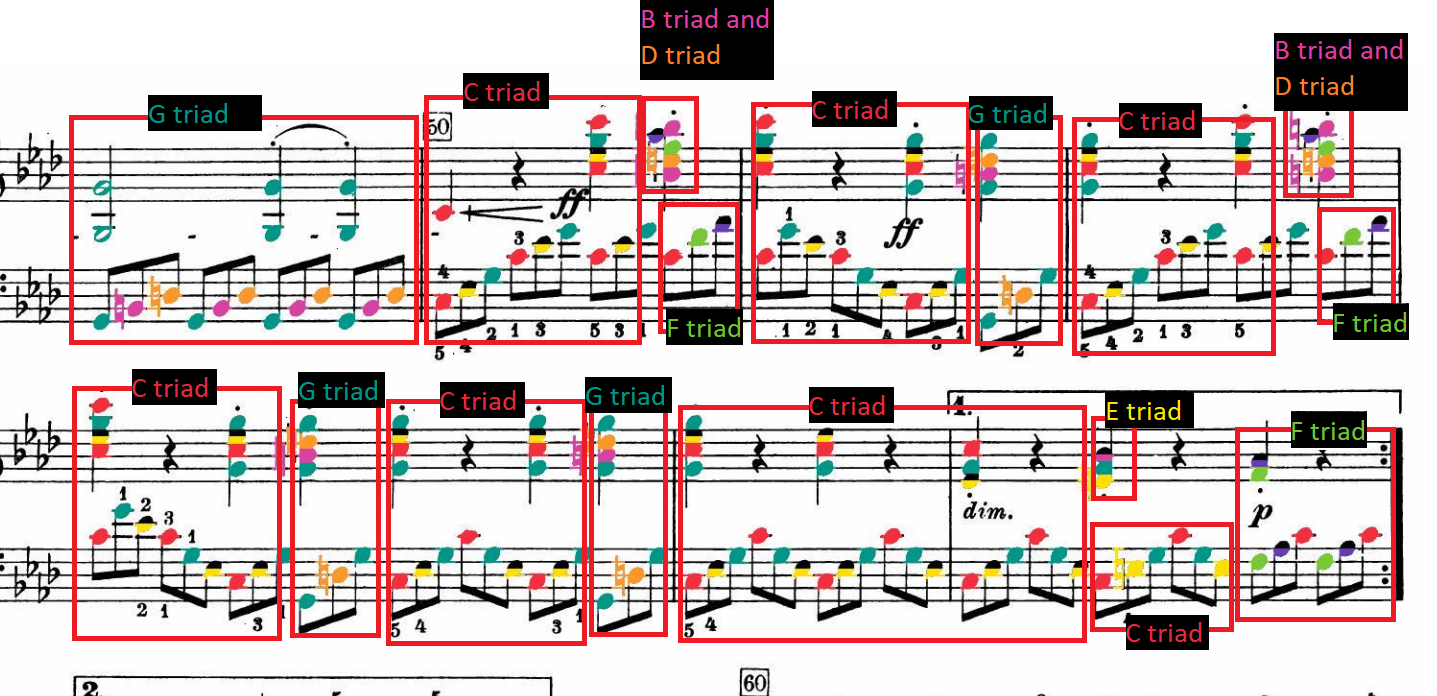
My Store
Free Sheet Music Collection
Share

Use the following pdfs to master the fundamentals of the piano
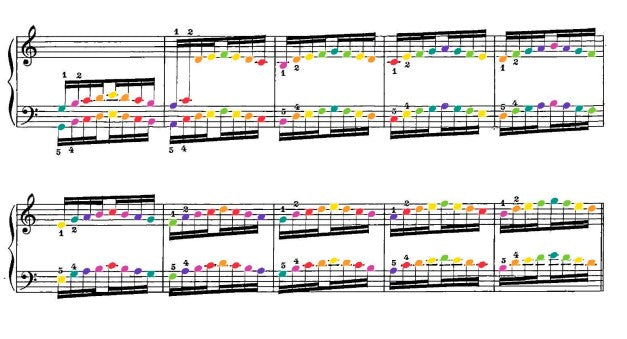
Hanon exercizes
This includes
- First 20 exercises are designed to build fundamental technique, including finger strength, agility, and independence.
- Major and minor scales with fingerings
- Major and minor chord arpeggios with fingerings
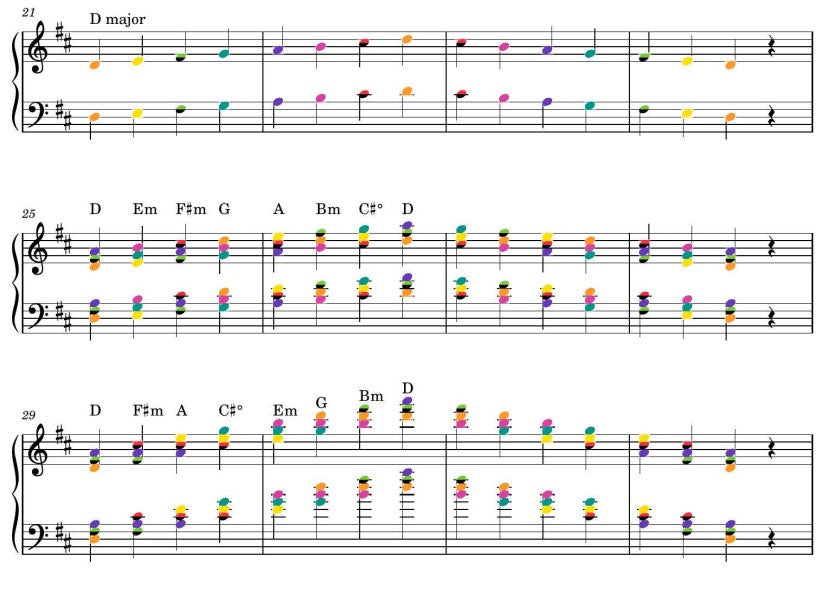
Scales and chords
Use this to learn the major scales and the chords associated with each scale
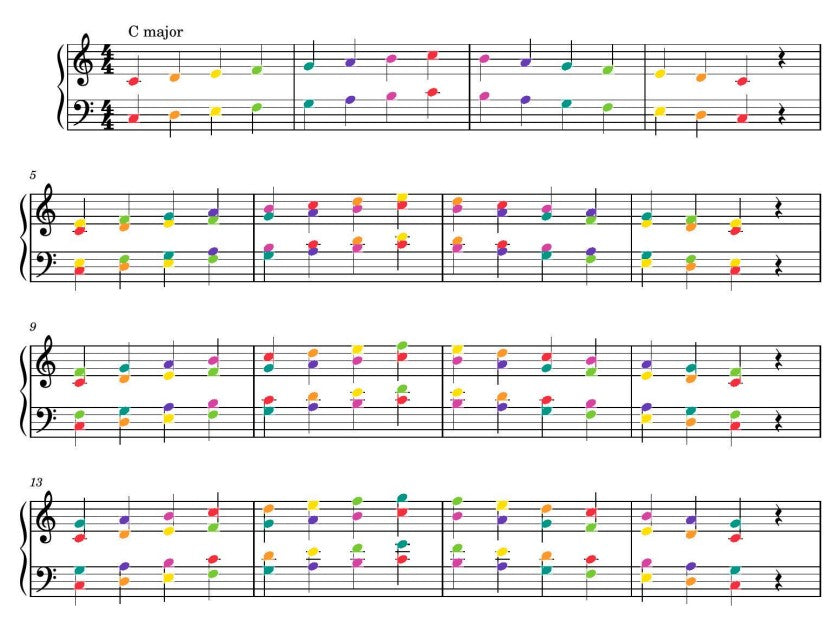
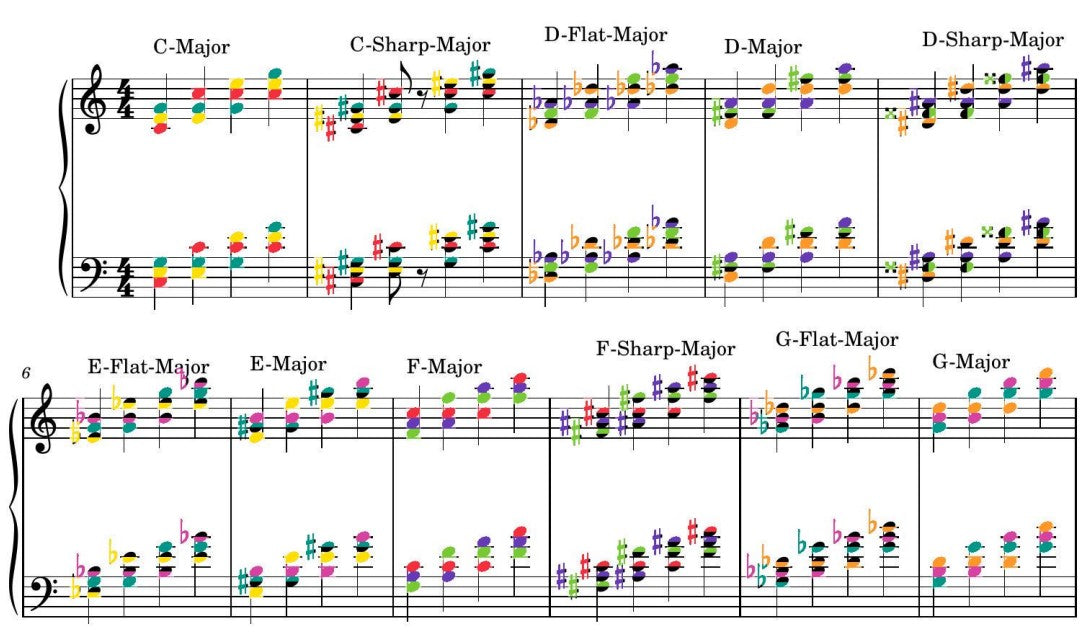
All chords and inversion
- All major chords
- All minor chords
- All dimished chords
- All augmented chords
- All dominant 7th chords
- All minor 7th chords
- All major 7th chords
- All minor major 7th chords
- All suspended chords
This is not as useful as the other pdfs listed above, but you can still use to practice inverting chords.
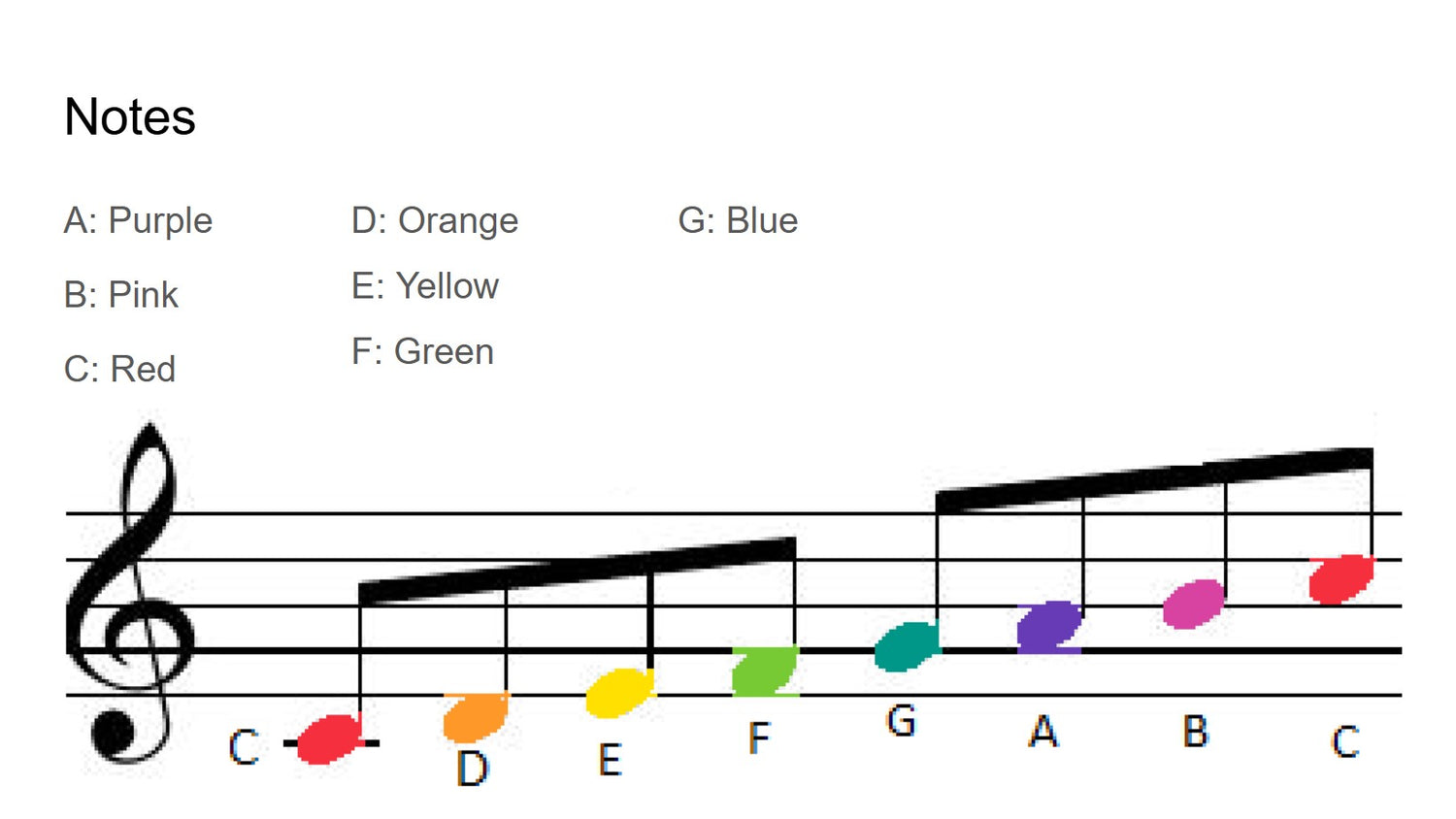
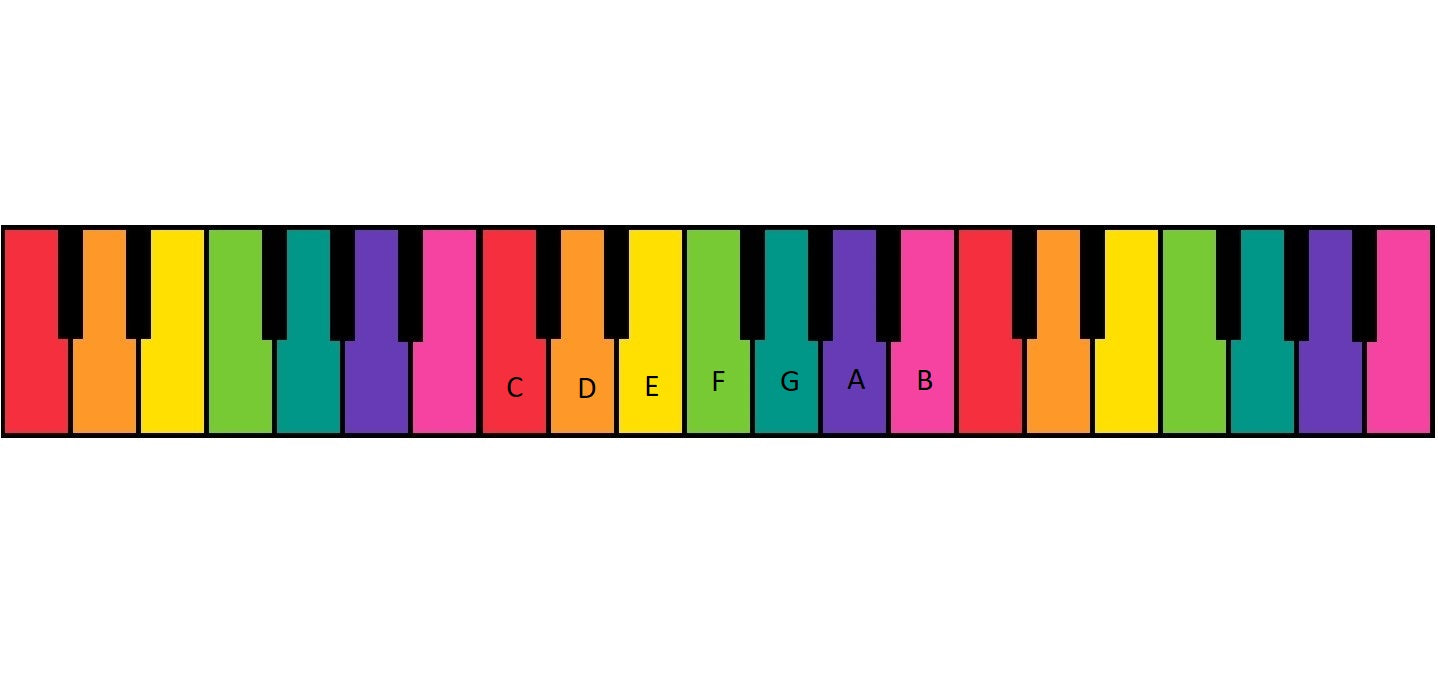
Triad Color Schemes
-
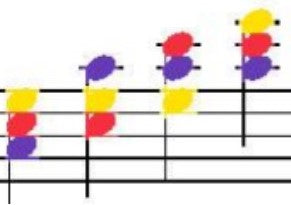
A Minor Chord
-
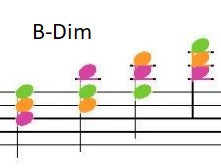
B Diminished Chord
-
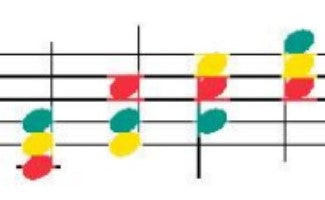
C Major Chord
-
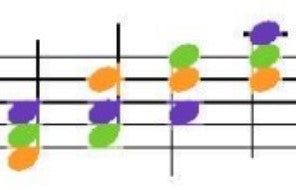
D Minor Chord
-
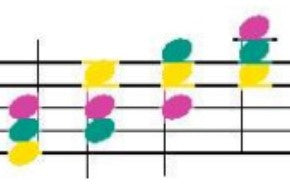
E Minor Chord
-
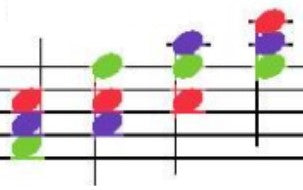
F Major Chord
-
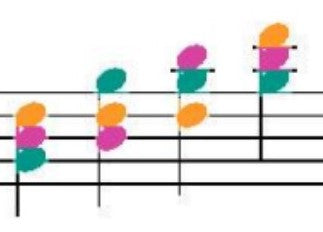
G Major Chord
Major Chords
-
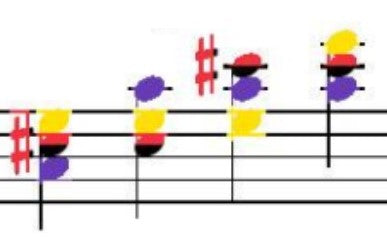
A Major Chord
-
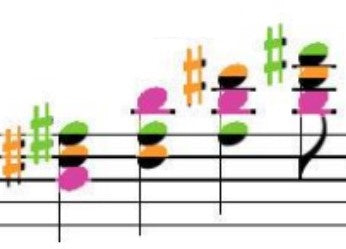
B Major Chord
-

C Major Chord
-
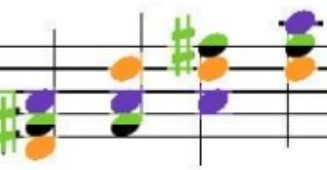
D Major Chord
-
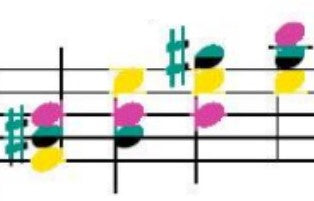
E Major Chord
-

F Major Chord
-

G Major Chord
Minor Chords
-

A Minor Chord
-
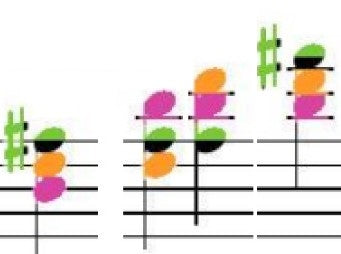
B Minor Chord
-
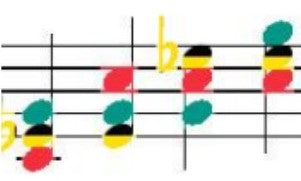
C Minor Chord
-

D Minor Chord
-

E Minor Chord
-
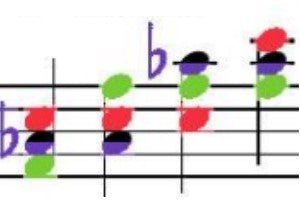
F Minor Chord
-
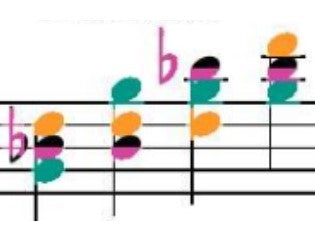
G Minor Chord
Diminished Chords
-
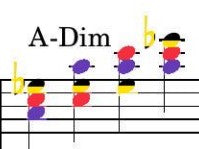
A Diminshed Chord
-

B Diminished Chord
-
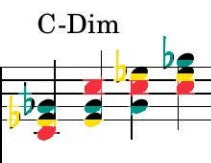
C Diminished Chord
-
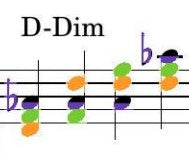
D Diminished Chord
-
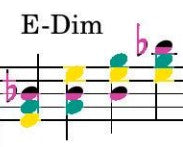
E Diminished Chord
-
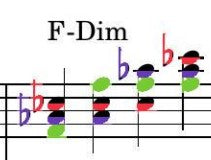
F Diminished Chord
-
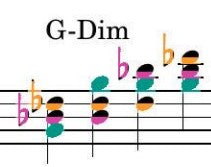
G Diminished Chord





















